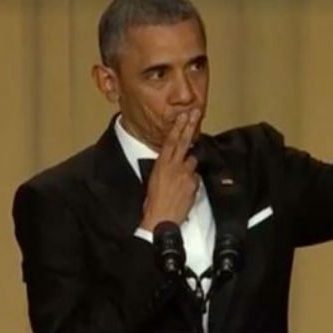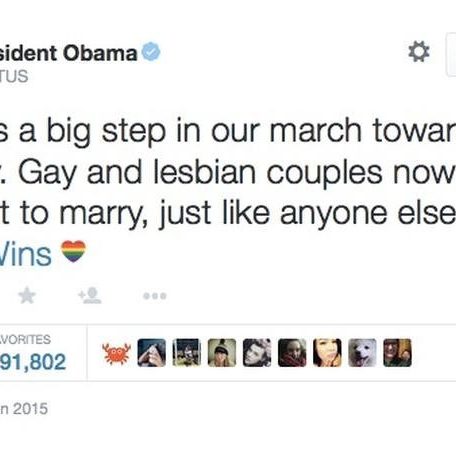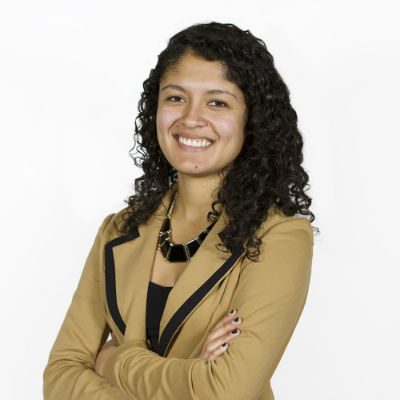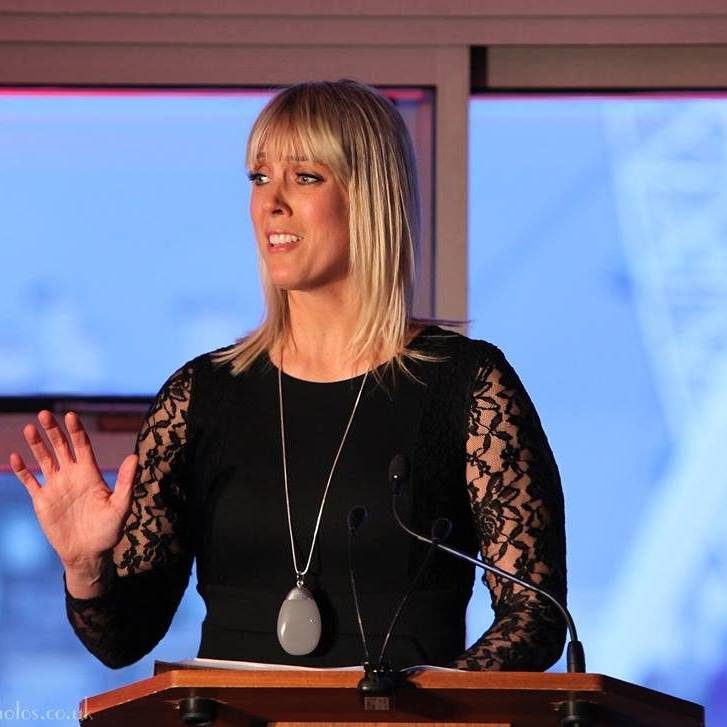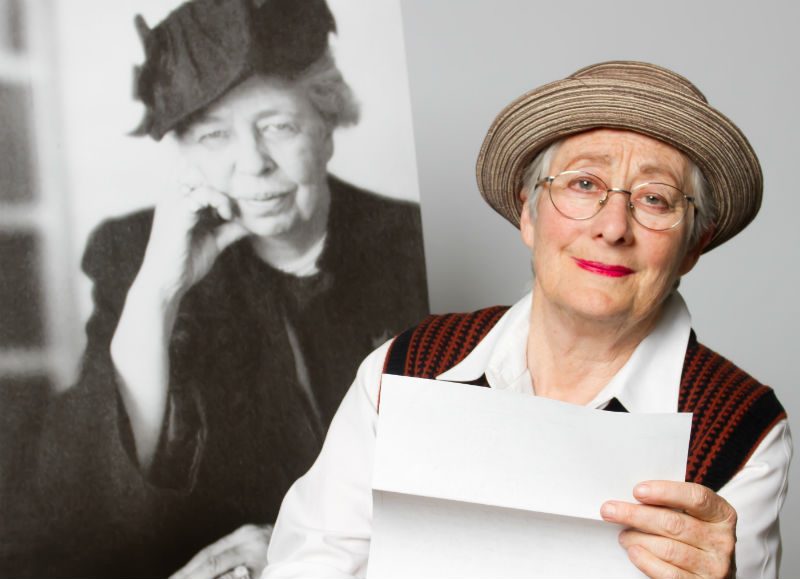
Eleanor Roosevelt Comes Alive Through Terry Baum
A glaring omission from most depictions of the Roosevelt’s is that Eleanor had Sapphic inclinations. Terry Bam has certainly changed that in her one-woman play Hick: A Love Story, which details the love affair between Eleanor and butch lesbian journalist Lorena Hickok.
Terry recently gave LOTL readers insight into her journey with the piece. If you’re in NYC there’s still time to catch it at the Fringe Encore Series.
What inspired you to write the piece/what was the research process like?
My journey into the world of Eleanor Roosevelt and Lorena Hickok began three decades ago in 1985. That’s when I attended a performance of the first play about Lorena Hickok and Eleanor Roosevelt’s lesbian relationship, written by Pat Bond, a pioneering lesbian writer and a dear friend. It was staggering to me how such an important chapter in American history could be ignored by the mainstream, but that’s the nature of homophobia; it robs us of our role models.
In 2012, at a benefit for the Pat Bond Memorial Old Dyke Award, I first performed an excerpt from her original play. The overwhelming response from the audience was clear: They wanted more Hick. As an actress and a lesbian activist, I felt the same way. And since so much new information about Hick had been uncovered since 1985, I felt she deserved a new play. In 2013, my theatre, The Crackpot Crones, staged a workshop production of my play, “Hick: A Love Story,” which contained the excerpt from Pat’s play.
Frankly, I became obsessed with the subject matter, but in a good way. I needed to make a case for Lorena and Eleanor that was grounded in fact. So, I spent a week doing research at the FDR Library in Hyde Park, where all of Hick’s papers – and Eleanor Roosevelt’s letters to Hick – are stored. I talked to people who knew Hick and read everything that had been published by and about her: 13 books and counting. Almost everything in my play is a dramatization of something that really happened – including the interview in the locked bathroom! This theatre piece is also my form of lesbian activism.
After long runs in San Francisco and Berkeley, “Hick” had a five-performance run at the New York Fringe Festival. I feel a great obligation, but also a great sense of accomplishment, as a playwright and an actress, this is something I have been called to do. This is an important part of our history as lesbians. After all, Lorena Hickok was a great soul and the most famous woman journalist of her day. Her presence was wrongly erased during her lifetime, and this play rectifies the matter for history. She deserves to be rediscovered by a new generation.
What has the audience response been like? How does it compare with what you expected the response to be like?
From the very beginning, I’ve been astonished by people’s enthusiastic embrace of the stage show. The most memorable time for me was performing the first scene from Pat Bond’s play at a university in Johannesburg, South Africa. I didn’t expect these South Africans to give a damn about this long-gone American First Lady. But they were so moved by the courage of these two women to follow their passion. That performance inspired me to complete the play. Yes, there have been a few naysayers who feel it’s wrong for me to “out” Eleanor after she’s gone. But I have the full legal permission of the Roosevelt estate to use ER’s letters, so her heirs are fully behind the project.
I feel that Ken Burns’ omission of this story in his Roosevelt mini-series on PBS is nothing more than homophobia. After all, how can he ignore 2,336 letters that Eleanor wrote to Hick? It seems that for many, the reality of a same-sex relationship besmirches the legacy of Eleanor Roosevelt. I think it’s the exact opposite; this great woman had the courage to follow her true self, defying the conventions of the era.
What are your future plans for the piece? How can people find out more about you and the piece?
My vision and mission are to perform “Hick: A Love Story” all over America and to return soon for a longer run in New York City, after the great reaction I received at Fringe NYC. Besides the fully produced play, I have also done one-night concert readings from Los Angeles to Northampton, MA. These concert readings, involving two local actors and minimal tech, have turned out to be very powerful.

